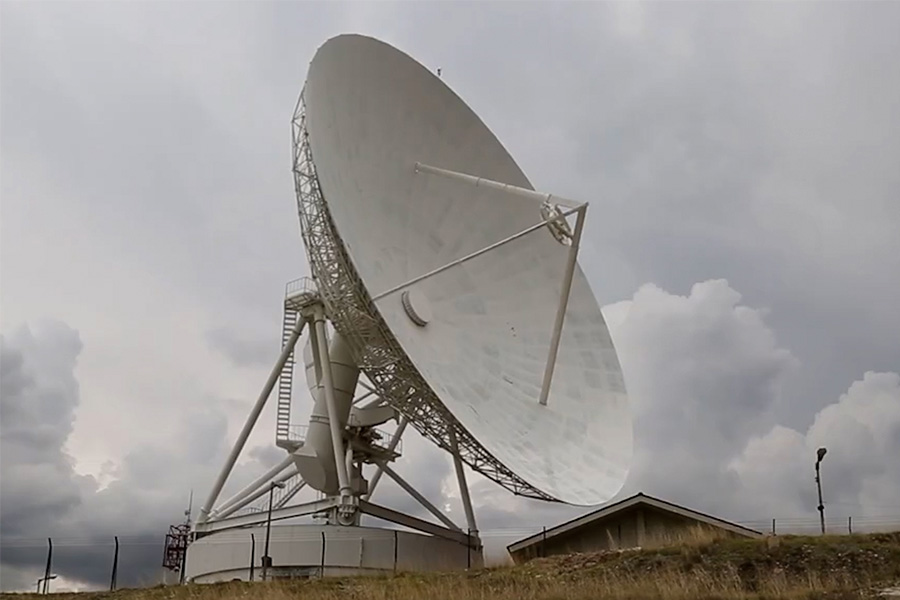A 32-meter radio telescope in Peru was selected to join
Intuitive Machines' lunar tracking global network for space exploration. Sicaya Radio Telescope, in Huancayo, will be essential for the next lunar missions such as NASA-led Artemis program and lunar tourism.
"Peru has a unique asset, one of the very few in the entire world and strategically located," said Benjamin K. Malphrus, Professor of Space Science at Morehead State University.
Also, he highlighted the high level of scientists, as well as of astronomy researchers and students.
"I've been impressed with Peruvian students. They're brilliant. They possibly lack some opportunity. So, our goal is to bring opportunity for Peru through its students," Malphrus said in an interview with
Andina news agency.
But why the Peruvian radio telescope was selected?
"(It is) because this dish is so big and so precise that it can pinpoint where that (space) vehicle is. And when it is used together with our other dishes, we can precisely figure out exactly where those spacecraft are and where they are going. So, it is a way for us to navigate as well. It's just an incredible asset," said Jack D. Fischer, former NASA astronaut and Vice-President of Production & Operations at Intuitive Machines.
Sicaya Radio Telescope will be the only asset in South America that integrates Intuitive Machines' lunar tracking global network. The company will confirm the capability of the dish before the end of the year.
"The reason why Peru is the perfect partner for executing this dish is because the dish itself is amazing. It is located in the perfect location. It's in great shape. It can be upgraded to a world-class asset. But more importantly, the people of Peru are a truly special part of this," he concluded.
Lunar missions
NASA, in cooperation with Intuitive Machines, is moving the landing site for the first Commercial Lunar Payload Services (CLPS) mission to Moon's South Pole as an important first step in managing risks for future Artemis landings.
The company's first flight, Intuitive Machines-1 (IM-1), will carry six NASA payloads on its Nova-C lunar lander to a site near the Malapert A crater, which lies near the southern limb. This relatively flat and safe region is within the heavily cratered southern highlands on the side of the Moon visible from Earth, according to
America's space agency.
The NASA payloads will focus on demonstrating communication, navigation, and precision landing technologies, as well as gathering scientific data about rocket plume and lunar surface interactions, plus space weather and lunar surface interactions affecting radio astronomy.
(END) SPV/RMB
Video: Peruvian radio telescope integrates worldwide network for lunar exploration

Published: 6/11/2023